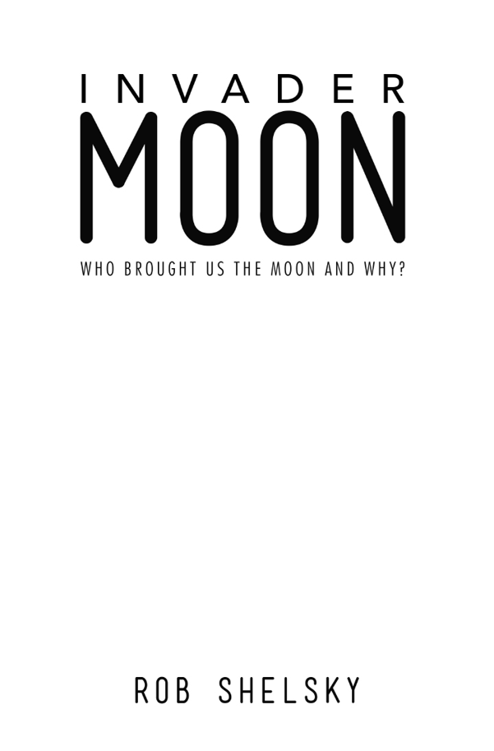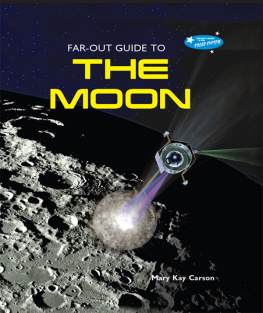
CHAPTER 3
PROOF OF AN ANCIENT CIVILIZATION?
B efore our civilization, was there another one? Well, we seem to have a great deal of evidence there was and even more than one civilization, perhaps. So let s look at some of the evidence for such a thing:
There seems to be a great deal of evidence for buildings of a specific nature dating far back into history and long before the rise of modern civilization. This evidence is from around the globe. The bizarre part is that, according to most archaeologists, such buildings shouldnt go back so far in time, at least, not far back past the time of 3500 BCE. However, they do, and by millennia! These include:
1. Over 8000 Stone Monuments On The Island Of SardiniaThe Nuraghi. These almost lighthouse-like structures can be as tall as eighteen meters high, with only one entrance and no windows, or sometimes, just one tiny one. Originally, it is thought there were around 10,000 of them!
Archaeologists theorize these might have been very ancient forts. Yet, there are far too many of them for such a purpose and some seem far too small, as well. Forts, by their nature, are expensive affairs for a civilization that is few in numbers, means, and resources. Not only is there the costs of time and effort in building and maintaining such forts, but then they have to be manned on a regular basis.
For a world with a very small population at the time, 10,000 such forts, with just one person to occupy each of them would be a huge effort. This just makes no logical sense at all. However, some of the structures might well have been fort-like in nature. These particular ones have evidence of corridors and outer walls. As one can see, the Nuraghi structures are by no means all the same in design, but they are all made of stone and most are not fort-like in nature, but rather only a few.
Moreover, if those are forts, many of them were terribly designed ones. With just the one small doorway, and more often than not, no windows, how did one defend them? The enemy could build a roaring fire around the perimeter of them and roast people trapped inside. They could do this with very little effort. The small window existing in some of the Nuraghi was too low and too small to effectively shoot an arrow through. Unless one was aiming at the enemys feet, they would have been useless for such a purpose. Therefore, it appears highly unlikely that the vast majority of these stone monuments were ever forts.
Rather, it seems far more likely these towers, or monuments, were for some astronomical or perhaps calendar-related purpose. In addition, if so, this gives us the age of such towers. Archaeologists currently think the towers must be anywhere 2000 to 3500 years old, which places their construction at around 1500 BCE, at the most. In fact, the towers would seem far older than that. First, it is impossible to know the age of stone buildings. One can know the age of the stone used in them, but one cant know the age of the building itself, not without other information or sources to tell us.
This means there is no current means of dating the Nuraghi by themselves alone. However, one can often use clues to get an approximation. For example, the windows of the towers that do have them seem to have been aligned with the spring equinox star. However, it is not the star of today, but rather the star, Taurus, which acted as the spring equinox star around some 6000 years ago. This was before the beginning of even the Early Bronze Age, and long before the beginning time of the rise of civilization, according to archaeologists. Therefore, we have literally thousands of forts or towers constructed long before they should have been. For this reason, the spring equinox star, some researchers think the buildings are much older, and date back to perhaps 10,000 or even 12,000 years.
2. Russian Stonehenge. Stonehenge in England is considered the Stonehenge, of course, but there are others. In fact, there is around 5000 or more such stone circles around the world. Some form groups of such circles, such as in Senegal, with the Senegambia Circles. These, although counted as just one grouping, as with the rows of stones at Carnac, there are many monuments that make up all these circles, some 1000 or so in all and these cover a vast area. One estimate put the region of the stones as being some 1393.5 square meters in size.
Even Russia is not without its megalithic monuments. There are the Seven Sleeping giants. In addition, well within the borders of what was once the greater Russian empire known as the Soviet Union, there are more. One of the most important of these is Arkaim. Here again, we have one of those extra-mysterious places. Like so many other such sites, considerable debate about the place rages on.
Situated in southern mountains of the Urals, Arkaim isnt a typical henge, but rather refers to structures forming two walls encircling a settlement. This town or village was approximately 20,439 square meters in area and was an odd-shaped place with twin circles of residences with a street in between them.
Unearthed by archaeologists in 1987, the site is a truly old one, dating back to 1700 BCE. If true, the site dates is close to 4000 years old, with others arguing it is even older. Quite a number of artifacts from the settlement were also unearthed. Despite these other finds, the date when the structure was erected is often a subject of controversy.
There is another reason for controversy concerning Arkaim and it has nothing to do with the dating of the site. This is because, with some mental effort, one can perhaps see the structures within the very center of the walls as being in a sort of swastika design.
There is another problem. Evidence suggests Arkaim was created by an Indo-Iranian group called the Sintashta. Meaning it has close connections to, and ties with the true ancient Aryans, and not the self-proclaimed ones of the Third Reich. However, with this combination, a pseudo-swastika design at the heart of the Arkaim site, and the fact of its founding by the Sintashta makes for rather a volatile combination, politically speaking.
This aside, Arkaim is of interest because it, like Stonehenge, in Wiltshire, England, has strong astronomical connections. So much so, it is more than just a calendar in stone to help people know when to plant and harvest crops, but is seen instead, as an actual celestial observatory of sorts. Its a good one, even better than Stonehenge in that regard, having the capability of tracking eighteen different celestial phenomena, whereas Stonehenge only has ten. Not only that, but its precision is quite incredible for such an ancient place.
Now, it is important in all this to remember this is quite a stunning achievement, since it preceded major civilizations in this regard. Were talking about a civilization that should have been nothing more than hunter-gathers at the time, and yet, they had developed and created in their Arkaim, not only a settlement with two circles of stone to protect a larger interior space, but one that was also an observatorynot just a calendaras well. This is quite something for people who were considered to be little better than cave dwellers!
For this reason, some claim that Arkaim is yet another link to an ancient civilization, one that existed long before our own did, or at least it contained and was built from the lingering knowledge gained from such a civilization. Wherever the knowledge came from is a mystery, since nobody knows how these people came by so much of it, or spent such a prodigious amount of time and effort to build a place not only to live in, but one that acted as an observatory, as well.
3. Ruins Of Salar De Uyuni. This is a huge salt flat with areas of saltwater. Salar de Uyuni is the largest salt flat in the world and lies at about 3656 meters above sea level. The lake is in the Alto Plano region of Ecuador/Bolivia. The Salar de Uyuni, between 30,000 and 42,000 years ago, was a vast lake. Now, there are two smaller lakes nearby, Lake Poop and Uru Uru Lake. Lake Poop is near to Lake Titicaca, and it receives some of the overflow of this larger lake, and in turn, passes some of this on to the Salar de Uyuni. To grasp the size of this area is not an easy thing to do. The salt flat, in total, covers some 10,582 square kilometers. This means the Salar de Uyuni is huge!
Next page








